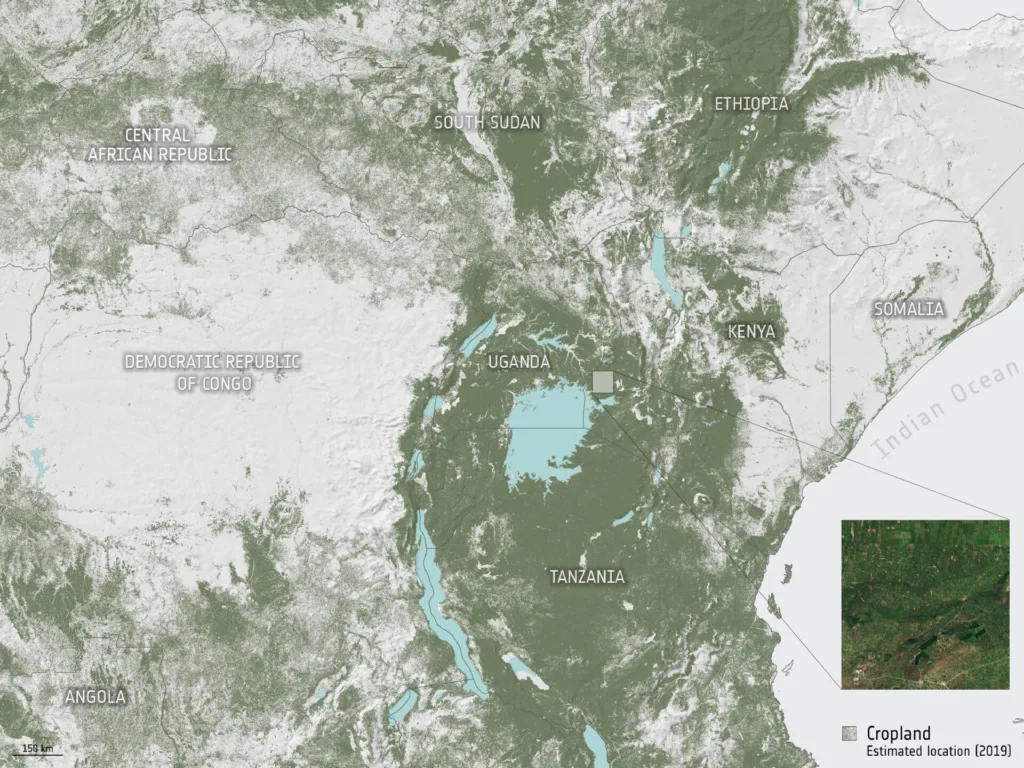Micronutrient deficiencies like potassium and calcium cause malnutrition in 25% of the world’s population, or two billion people.
People who eat only crops and have limited access to nutritious meals are more at risk of this type of malnutrition.
Some people have a “hidden hunger” because they eat enough calories but not enough vitamins and minerals.
Read More: The James Webb Telescope spots dozens of physics-breaking rogue objects
Delays in mental and physical development, an increased risk of numerous diseases, and early mortality are serious health issues.
As the world’s population grows and climate change intensifies, staple crops must have the most nutritious value.
Many grains are collected and evaluated in a lab for nutrition throughout the harvest season. Naturally, these methods are too costly and time-consuming for routine use.
These technologies don’t provide effective fertilizer intervention during the crop’s growing season because nutrients are only analyzed after harvest.
Italy’s National Research Council and the University of Twente are monitoring crop nutrition from space over large areas using satellites. By allowing farmers to modify fertilizers or other farming practices before harvest, these barriers can be avoided.
Most satellite optical sensors work in a few wide spectral bands and are crop nutrition-insensitive.
Due to their different spectral bands, the Copernicus Sentinel-2 multispectral instrument and the Italian Space Agency‘s Prisma hyperspectral instrument are sensitive to nutritional content differently.
The researchers tested corn, rice, soybeans, and wheat in Italy’s Po Valley. Next, they compared satellite data with laboratory-derived potassium, magnesium, zinc, and phosphorus values.
The “HyNutri Sensing Hidden Hunger with Sentinel-2 and Hyperspectral” ESA Earth Observation Science for Society initiative funded their investigation.
Researchers published their findings in Remote Sensing of the Environment.
“These first attempts to estimate and predict the micro- and macro-nutrient concentrations of staple crops from Prisma and Sentinel-2 are indeed encouraging for some nutrients, such as potassium (K), phosphorous (P), magnesium (Mg), and iron,” Mariana Belgiu, Twente University professor
The viability of other nutrients needs further study. EO4Nutri, funded by ESA’s Science for Society mission, is follow-up research.
Espen Volden of the EU Space Agency said, “We hope that this research will eventually allow governments and food security organizations to plan other activities ensuring sufficient nutrients for vulnerable populations, or farmers to intervene and boost the nutrient quality of grains early in the growing season.”
This is crucial since African nations have more macro- and micronutrient deficits.
EU Copernicus program member ESA is designing the CHIME satellite mission. It should help fight hidden hunger with its revolutionary hyperspectral device and crop nutritional content measurement.
Share this content:
